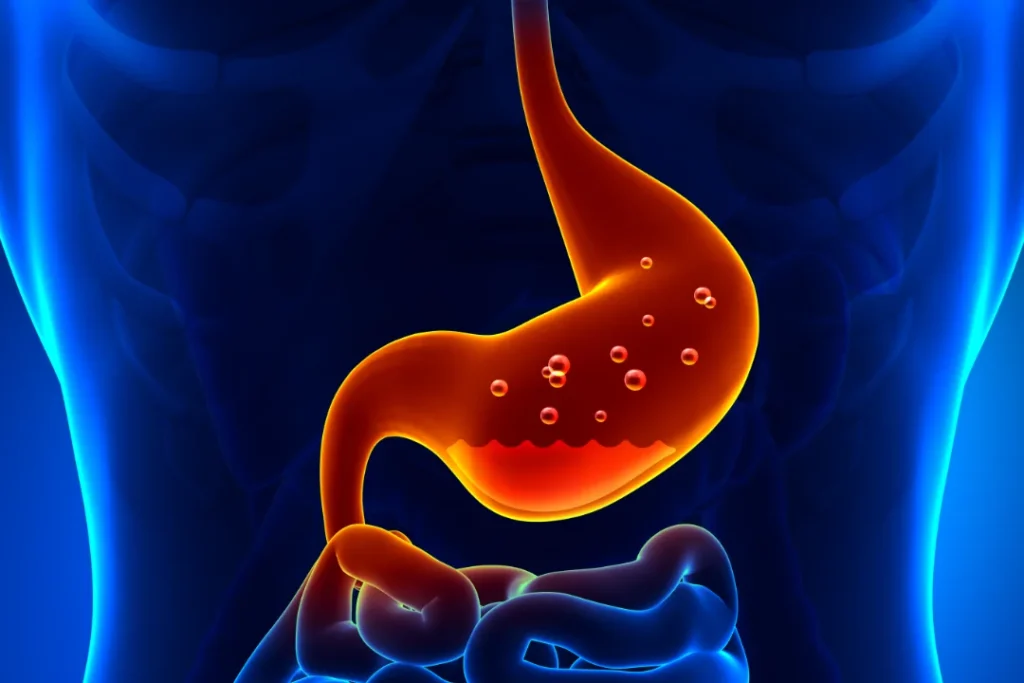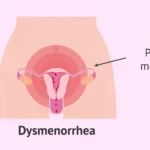What Is Dyspepsia?
Dyspepsia, commonly known as indigestion, refers to discomfort or pain in the upper abdomen. It is a prevalent digestive disorder that affects millions worldwide. While it is not a disease itself, dyspepsia is a collection of symptoms linked to various gastrointestinal issues.

Causes of Dyspepsia
Dyspepsia can arise from multiple factors, including dietary habits, medical conditions, and lifestyle choices.
1. Dietary Triggers
- Overeating or consuming spicy, fatty, or greasy foods
- Excessive caffeine, alcohol, or carbonated drinks
- Eating too quickly or irregular meal patterns
2. Medical Conditions
- Gastroesophageal Reflux Disease (GERD): Acid reflux irritating the esophagus
- Peptic Ulcers: Open sores in the stomach or small intestine lining
- Gastritis: Inflammation of the stomach lining
- Gallbladder Disease: Conditions like gallstones affecting digestion
- Helicobacter pylori Infection: Bacterial infection linked to ulcers
3. Lifestyle and Psychological Factors
- Stress and Anxiety: Affects stomach function and acid production
- Smoking: Weakens the lower esophageal sphincter, leading to acid reflux
- Medications: NSAIDs, antibiotics, and certain pain relievers can irritate the stomach lining
Common Symptoms of Dyspepsia
- Upper abdominal pain or discomfort
- Bloating and fullness after meals
- Nausea and occasional vomiting
- Heartburn and acid reflux
- Excessive burping or gas
- Loss of appetite in severe cases
Diagnosis of Dyspepsia
Physicians use a combination of medical history, physical examination, and diagnostic tests to identify dyspepsia’s underlying cause.
1. Clinical Evaluation
- Patient history assessment, including diet and lifestyle habits
- Physical examination to check for tenderness in the abdomen
2. Diagnostic Tests
- Endoscopy: A camera inserted through the esophagus to detect ulcers or inflammation
- H. pylori Testing: Blood, stool, or breath tests to detect bacterial infection
- Ultrasound: Used to check for gallbladder or liver-related issues
- Blood Tests: Assess anemia, infection, or metabolic disorders
Treatment and Management of Dyspepsia
Treatment depends on the root cause and may involve medication, lifestyle adjustments, or dietary changes.
1. Medications for Dyspepsia
- Antacids: Neutralize stomach acid (e.g., magnesium hydroxide)
- Proton Pump Inhibitors (PPIs): Reduce acid production (e.g., omeprazole)
- H2 Receptor Blockers: Lower acid levels (e.g., ranitidine)
- Prokinetics: Improve gastric emptying (e.g., metoclopramide)
- Antibiotics: If H. pylori infection is present
2. Lifestyle Modifications
- Eat smaller, more frequent meals
- Avoid trigger foods (spicy, fatty, acidic)
- Reduce stress through relaxation techniques
- Maintain a healthy weight and avoid lying down after meals
3. Home Remedies and Natural Approaches
- Ginger: Helps with nausea and digestion
- Chamomile Tea: Soothes the stomach lining
- Aloe Vera Juice: Reduces inflammation in the gut
- Probiotics: Improve gut flora and digestion
Prevention Strategies for Dyspepsia
- Limit alcohol and caffeine intake
- Avoid late-night meals
- Stay hydrated and maintain a balanced diet
- Manage stress with exercise and mindfulness practices
When to See a Doctor?
Seek medical attention if symptoms persist for more than two weeks or if any of the following occur:
- Unexplained weight loss
- Vomiting blood or black stools
- Difficulty swallowing
- Severe or persistent abdominal pain

